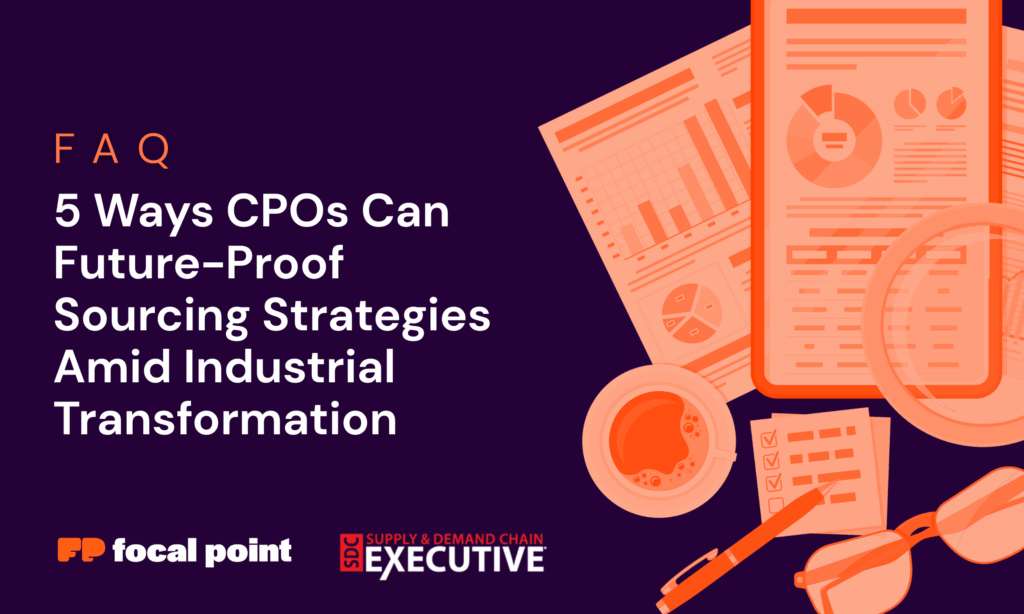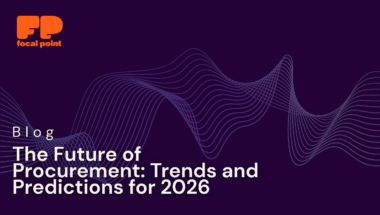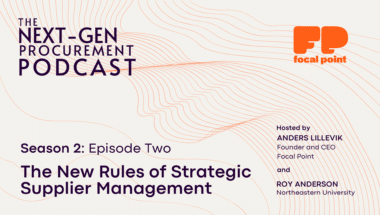1. Why are procurement teams in CPG under more pressure now than before?
CPG procurement leaders are navigating multiple pressures at once: disrupted supply chains, stricter ESG regulations, and expectations for cost control and operational resilience. According to Focal Point, the procurement function is no longer just tactical—it must now serve as a strategic partner that enables smarter sourcing decisions and risk mitigation.
2. What specific ESG regulations are impacting procurement strategies?
Two major mandates are driving compliance:
- The EU’s Corporate Sustainability Reporting Directive (CSRD) (enacted 2023)
- The SEC’s climate disclosure rule in the U.S. (finalized 2024)
Both require companies to report greenhouse gas (GHG) emissions across Scope 1, 2, and 3, placing procurement teams on the frontlines of ESG accountability.
3. How can procurement leaders reduce Scope 3 emissions in their supply chains?
Scope 3 emissions—those from the broader value chain—can represent up to 90% of a company’s carbon footprint, according to McKinsey. Focal Point recommends closing supplier visibility gaps, using real-time risk models, and embedding sustainability metrics into contracts to better manage these indirect emissions.
4. What is reverse logistics and why does it matter for sustainability?
Reverse logistics refers to the process of returning unused or excess materials upstream. In CPG, inefficient reverse logistics can increase emissions and waste. Procurement teams can reduce ESG impact by building reverse logistics clauses into RFPs and supplier contracts, and by coordinating across operations and sustainability teams to support a circular economy.
5. What tools or strategies help modern procurement teams adapt?
Focal Point outlines several strategies, including:
- Real-time supplier risk tracking
- Embedding sustainability KPIs into Total Cost of Ownership (TCO) models
- Technology-driven collaboration across procurement, legal, and finance
These enable procurement to move from reactive cost-cutting to proactive risk and compliance management.
For more insights from Matthew Buckingham, Senior Vice President of Business Development at Focal Point, please read the full article on Supply & Demand Chain Executive: 5 Ways CPOs Can Future-Proof Sourcing Strategies Amid Industrial Transformation.



